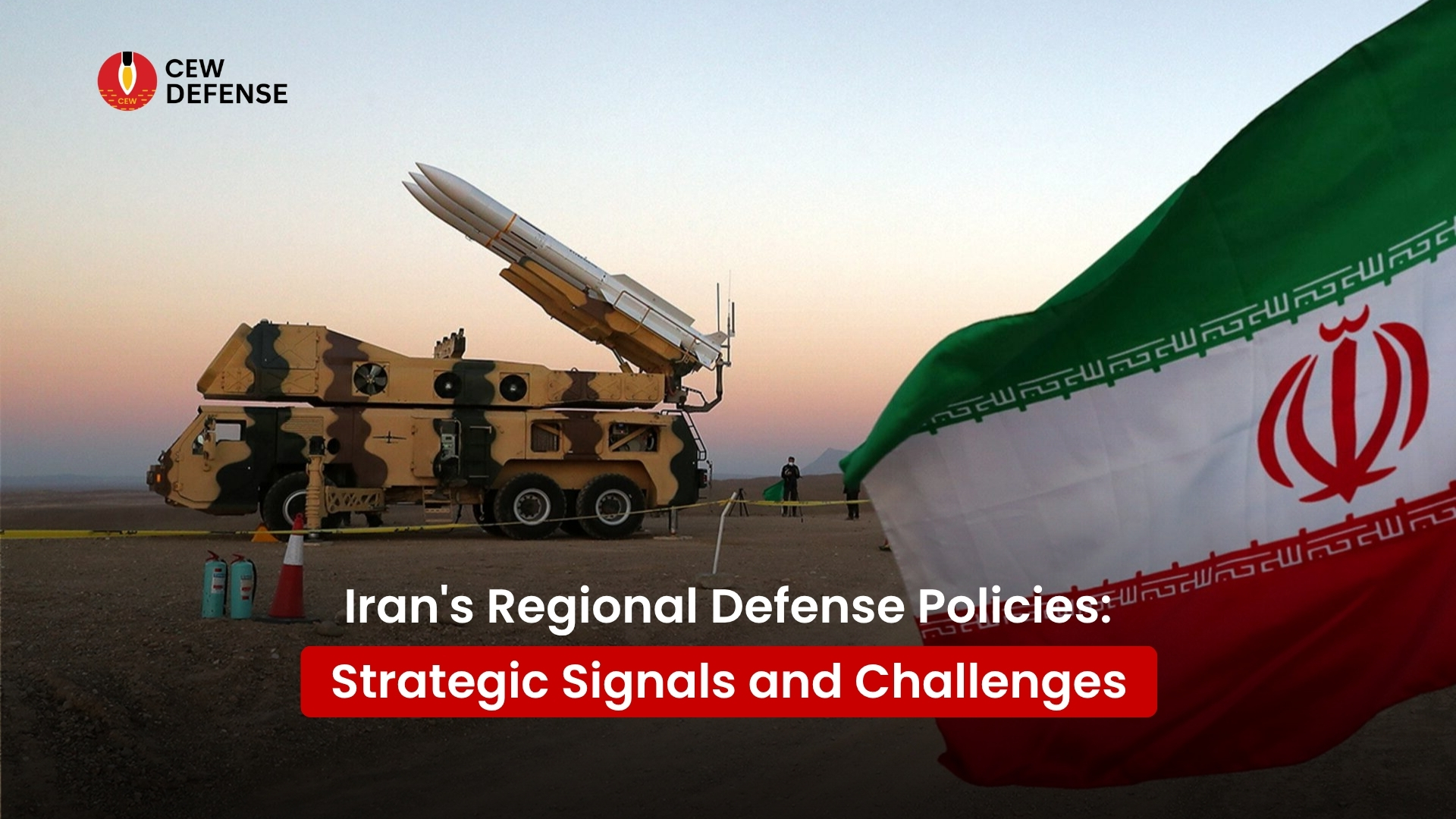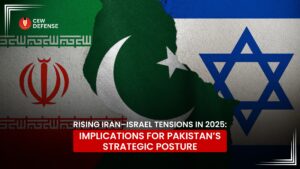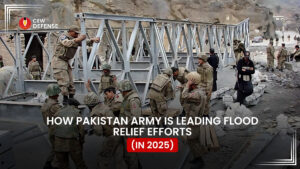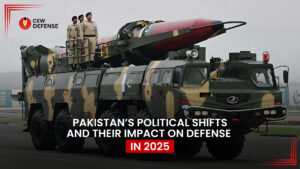Iran’s regional defense policies are a complex amalgam of ideological imperatives, strategic doctrines, and pragmatic responses to evolving geopolitical threats. Rooted deeply in the Islamic Revolution’s principles and the imperative of regime survival, Tehran’s defense posture aims not only to deter external aggression but also to project power across the Middle East and beyond.
This article provides a comprehensive overview of Iran’s defense strategies, key challenges, and the strategic signals it sends to regional and global actors.
Ideological Foundations and Strategic Imperatives
Iran’s defense policies are inseparable from the ideological framework established by the 1979 Islamic Revolution. The regime’s survival is paramount, driving a security doctrine that emphasizes self-reliance, asymmetric warfare, and regional influence through proxy networks.
The Islamic Revolutionary Guard Corps (IRGC) plays a central role in shaping and executing these policies, often operating with considerable autonomy from the regular military (Artesh). These ideological principles serve as the cornerstone of Iran’s regional defense policies, ensuring that every military decision aligns with both religious legitimacy and regime continuity.
The regime’s worldview frames the United States, Israel, and their regional allies as existential threats. This perception justifies Iran’s forward defense doctrine, which seeks to neutralize threats far from its borders, and its “axis of resistance” strategy that supports allied non-state actors to extend Tehran’s influence.
Forward Defense Doctrine and Military Doctrine Concepts
Iran’s forward defense doctrine aims to create multiple layers of security by engaging adversaries beyond Iranian territory. This is complemented by several military doctrine concepts:
- Mosaic Defense: Disperses military assets and infrastructure to complicate enemy targeting.
- Defense in Depth: Enhances resilience by preparing for prolonged conflict.
- Assured Retaliation: Ensures that any attack on Iran would provoke a significant counterstrike.
- Asymmetric Warfare Tactics: Leverages Iran’s strengths in missile technology, cyber capabilities, and proxy warfare to offset conventional disadvantages.
Nuclear and Missile Programs: Pillars of Strategic Deterrence
Iran’s nuclear program remains a cornerstone of its strategic deterrence, despite international sanctions and diplomatic efforts to curb its development. While Iran insists its nuclear activities are peaceful, the potential for weaponization remains a critical concern for global powers.
Complementing this is Iran’s extensive ballistic missile arsenal, which includes short-, medium-, and long-range missiles capable of striking targets across the Middle East. These missiles serve as a credible deterrent against regional adversaries, particularly Israel and US forces.
Iran’s missile program is integrated with its anti-access/area denial (A2/AD) capabilities, especially in the strategically vital Strait of Hormuz, where Iran can threaten global oil shipping lanes.
Proxy Networks and Regional Influence
Iran’s defense strategy extensively employs proxy militias and allied non-state actors to project power and create strategic depth. Key groups include:
- Hezbollah in Lebanon: A powerful, well-armed proxy that acts as Iran’s frontline against Israel.
- Shia militias in Iraq: Integrated into Iraq’s security forces but loyal to Tehran, these groups influence Iraqi politics and security.
- Houthis in Yemen: Engaged in a proxy conflict against Saudi Arabia, expanding Iran’s reach on the Arabian Peninsula.
- Other militias in Syria and Afghanistan: Supporting Assad’s regime and influencing regional dynamics.
This proxy network enables Iran to exert influence without direct military confrontation, complicating responses from adversaries.
Internal Political and Military Dynamics
Internal Political and Military Dynamics
Iran’s defense policies are shaped by internal competition and factional influences:
- IRGC vs. Artesh: The IRGC dominates strategic decision-making and coordinates proxy operations, often overlapping with the regular military (Artesh).
- Political Factionalism: Influences defense spending and policy priorities, occasionally hindering rapid adaptation to emerging threats.
Economic Constraints and Impact of Sanctions
Economic Constraints and Impact of Sanctions
Iran’s economy faces severe challenges due to international sanctions:
- Limitations on Military Technology: Sanctions hinder procurement of advanced systems.
- Focus on Indigenous Innovation: Encourages domestic development of drones and missile systems.
- Asymmetric Tactics: Prioritized over conventional forces due to cost-effectiveness.
Regional Rivalries and Diplomatic Context
Iran’s regional defense posture cannot be understood without considering its rivalry with Saudi Arabia and the Gulf Cooperation Council (GCC). This rivalry manifests in proxy conflicts, diplomatic competition, and military buildups.
At the global level, Iran navigates complex relations with powers like the United States, which maintains a military presence in the region; Russia, a strategic partner in Syria; and China, an emerging economic and military partner. These relationships influence Iran’s strategic calculations and defense procurement.
Cyber Warfare and Technological Advancements
Iran has increasingly integrated cyber warfare and artificial intelligence (AI) into its defense capabilities. Cyber operations target adversaries’ critical infrastructure and gather intelligence, while AI enhances command and control systems and unmanned platforms.
These developments reflect Iran’s adaptation to modern warfare and its intent to maintain strategic ambiguity.
Recent Developments and Future Outlook
Recent years have seen Iran recalibrate its defense policies in response to shifting US administrations, the Abraham Accords, and evolving Gulf security dynamics. Tehran has intensified naval patrols in the Gulf of Aden and expanded drone operations, signaling a focus on maritime security and power projection.
Looking forward, Iran faces the challenge of balancing its regional ambitions with economic realities and diplomatic isolation. The continued modernization of its missile and cyber capabilities, alongside sustained proxy engagement, will remain central to its defense posture.
Conclusion
Iran’s regional defense policies are a sophisticated blend of ideological conviction, strategic innovation, and pragmatic adaptation. The forward defense doctrine, combined with missile deterrence, proxy warfare, and cyber capabilities, enables Tehran to project power and deter adversaries effectively. However, economic sanctions, internal political complexities, and regional rivalries present ongoing challenges.
Understanding Iran’s defense posture requires a nuanced appreciation of its ideological drivers, military doctrines like Mosaic Defense and defense in depth, and the geopolitical environment in which it operates. As Iran continues to adapt to new threats and opportunities, Iran’s regional defense policies will remain a critical factor shaping Middle Eastern security in the years ahead.







